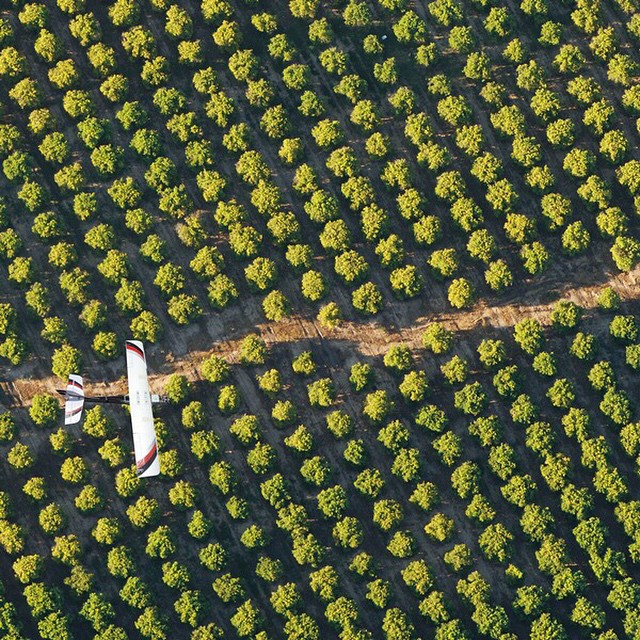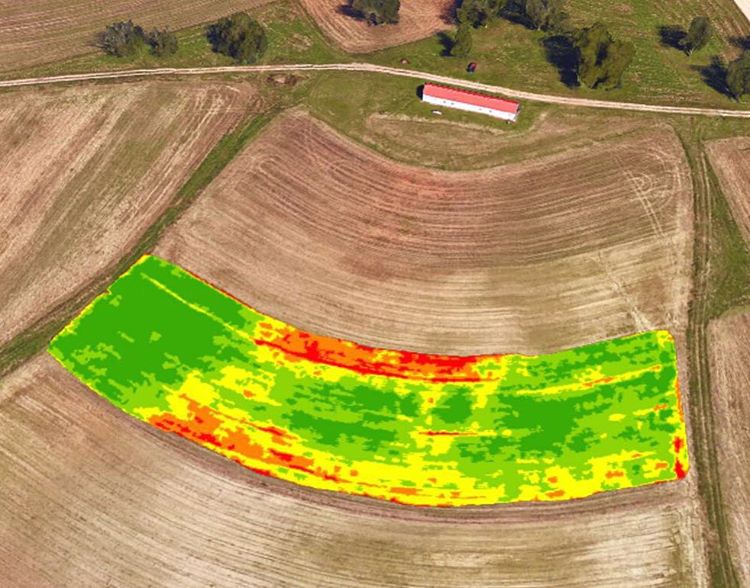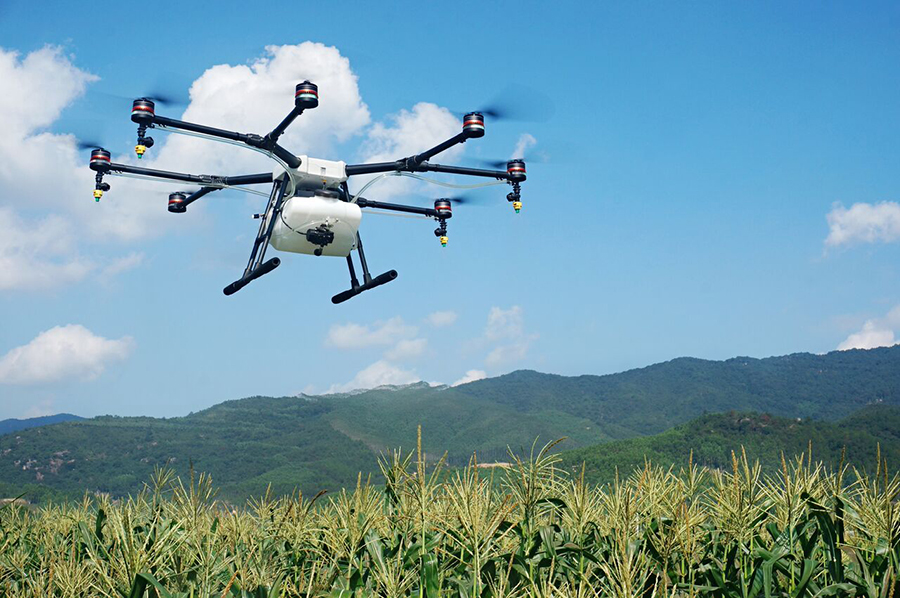Any drone enthusiast will have come to marvel at the quality of aerial photography now within reach. But it doesn’t have to be all about shooting sunsets, scenery and selfies. A high definition, mobile eye in the sky has a whole range of possible applications in a number of different industries. One of the sectors that has started to embrace drone technology is agriculture, and farmers around the world are beginning to see the benefit.
So how, you must be wondering, are drones able to make farmers’ lives easier? Are we talking about flying, autonomous sheep dogs, or even drone scarecrows? Not really, actually. While it may seem like a good idea to fly a drone around to herd your animals – (this has actually been tried with some success by a UK farmer, which you can see in the video below) – the real value of drones in agriculture lies in the data they can gather.
Armed with sophisticated software, high definition cameras, and autonomous flight modes, drones can now make light work of certain tasks that would have, until now, required a plane or helicopter. The first of these is mapping. Many companies around the world now offer either complete 3D mapping services, or drone and software combinations that will do the job. This gives farmers an aerial picture of their land, along with a detailed understanding of proportions and gradients. For many in the agriculture business, this capability is the foundation of a whole host of next level smart solutions.
Drones in agriculture: crop analysis
Take one of America’s most exciting startups making noise in drone agriculture, PrecisionHawk. The PrecisionHawk platform, along with its DataMapper software, is one example of a company taking the potential of drones one step further. With technology such as this, farmers can map their land and analyze crops in a number of ways. Intelligent UAVs, used in conjunction with increasingly clever software, can now count how many plants are growing per row, and also spot anomalies in height that might point to the presence of weeds.

Drones in agriculture: crop health and agriculture maintenance
Handily, it’s not only HD or 4K cameras that can be attached to drones for agriculture purposes. These days farmers need real-time data to check on how crops are doing, so that they can plan strategies around information as it comes in. There are a number of devices that can be attached to drones to assess crop health from above, including multispectral and hyper-spectral sensors, thermal infrared imaging and LIDAR. Armed with these a drone can accurately measure plant height and health, water quality, and soil temperature, as well as spot the presence of diseases.

But that’s not all. A few years ago, if someone had said that drones would soon be put to use on farms, you’d probably have envisaged some kind of dystopian future, where autonomous robots are doing all the heavy lifting and day to day tasks. Funnily enough, in certain areas of agriculture, this idea isn’t too far from the truth. Everything we have discussed so far relates more to the assessment of plants from above, but there are certain tasks that drones have begun to perform much closer to the ground…

One of those is crop spraying. Many plants are continuously sprayed with pesticides to ensure they don’t get eaten by bugs before they reach your dinner table. Traditionally, there are two ways of administering these. The first is by hand. In many parts of Asia, it’s common for workers to walk around fields of rice and other crops with a canister and spray one plant at a time. As you can imagine, this isn’t the most efficient way of doing things. An alternative is to fly a plane over the top and dump a whole load of pesticides across a large area. This is both expensive, potentially wasteful, and inaccurate. As you may be expecting by now, drones can offer a better solution.
Take, for example, DJI’s relatively new Agras MG-1 was released late last year. It’s a crop-spraying drone that DJI estimates will prove over 40 times more efficient than manual spraying. It’s huge tank can carry 10 liters of liquid at a time, and its speed of eight meters per second allows it to cover between seven and ten acres every hour. Not bad at all.
Currently regulations are struggling to keep up with innovation in the drone industry, with many countries still banning commercial flights and insisting all pilots must keep drones in their line of sight. As fears and legislation ease, alongside increasingly clever drones and software, we will soon be ready to completely revolutionize the way we do agriculture.
What do you think?
We want to know what you think about drone us in agriculture. Sound off in the comments!
